Best Companion Plants For Baptisia
Baptisia is a beautiful and versatile perennial that can add a touch of elegance to any garden. It is known for its bright blue or purple flowers, which bloom in the spring and summer. Baptisia is also a relatively low-maintenance plant, making it a good choice for busy gardeners.
One of the best things about Baptisia is that it can be paired with a variety of other plants to create stunning and harmonious gardenscapes. When choosing companion plants for Baptisia, it is important to consider the plant's mature size, sunlight requirements, and soil type.
Here are some of the best companion plants for Baptisia:
- Black-eyed Susans: These cheerful yellow flowers bloom in the summer and provide a welcome contrast to Baptisia's blue or purple blooms. Black-eyed Susans are also relatively low-maintenance and can tolerate a wide range of soil conditions.
- Echinacea: These spiky purple flowers are another good choice for companion plants for Baptisia. Echinacea is also a native plant, so it is a good way to add some biodiversity to your garden. Echinacea is deer-resistant and drought-tolerant, making it a low-maintenance plant.
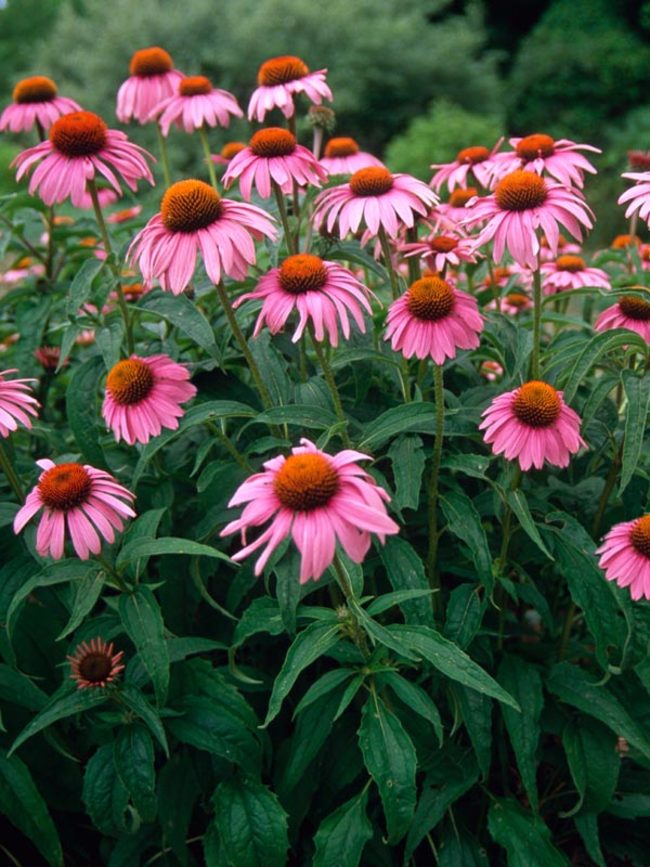
- Rudbeckia: These bright yellow flowers bloom in the summer and add a touch of sunshine to any garden. Rudbeckia is also a relatively tall plant, which can help to fill in the space around Baptisia. Rudbeckia is deer-resistant and drought-tolerant, making it a low-maintenance plant.
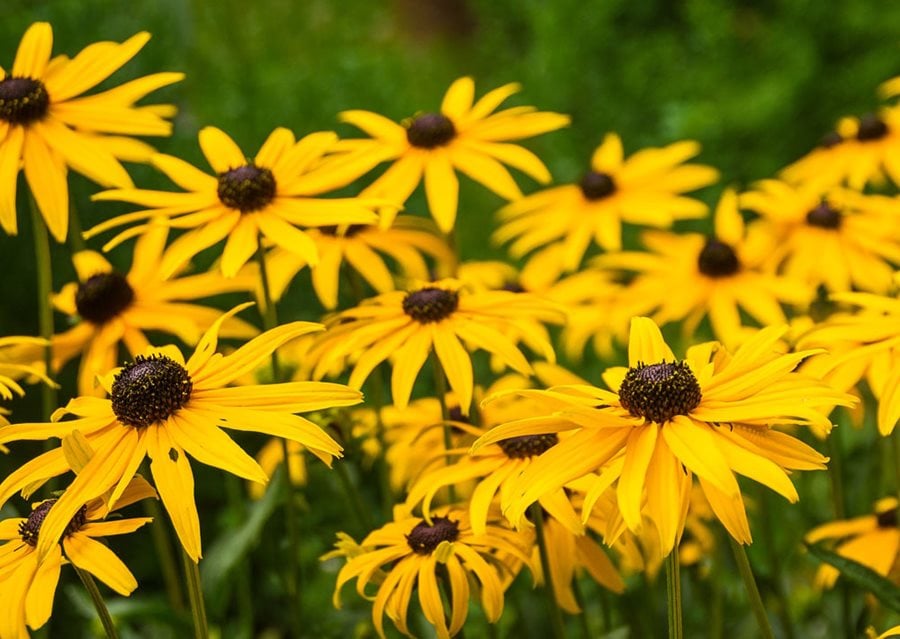
- Solidago: These goldenrods bloom in the fall and provide a beautiful contrast to Baptisia's blue or purple blooms. Solidago is also a relatively tall plant, which can help to fill in the space around Baptisia. Solidago is deer-resistant and drought-tolerant, making it a low-maintenance plant.

- Amsonia: These blue flowers bloom in the spring and summer and provide a nice complement to Baptisia's blue or purple blooms. Amsonia is also a relatively tall plant, which can help to fill in the space around Baptisia. Amsonia is deer-resistant and drought-tolerant, making it a low-maintenance plant.
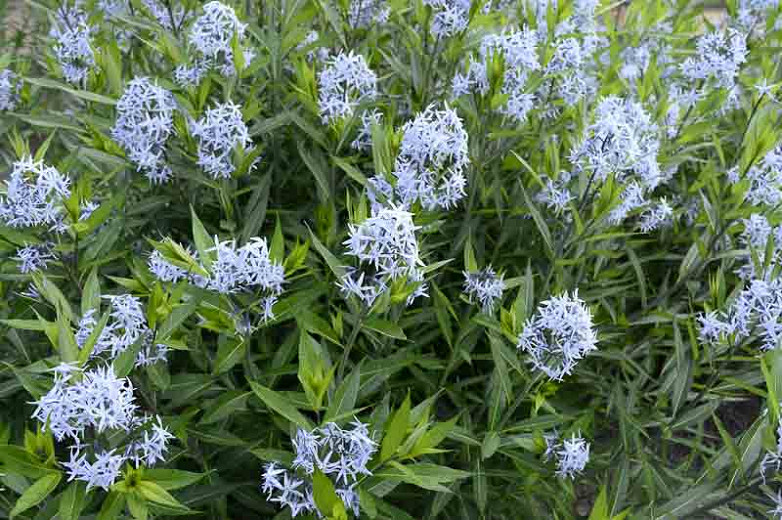
- Penstemon: These colorful flowers bloom in the summer and add a touch of elegance to any garden. Penstemon is also a relatively tall plant, which can help to fill in the space around Baptisia. Penstemon is deer-resistant and drought-tolerant, making it a low-maintenance plant.
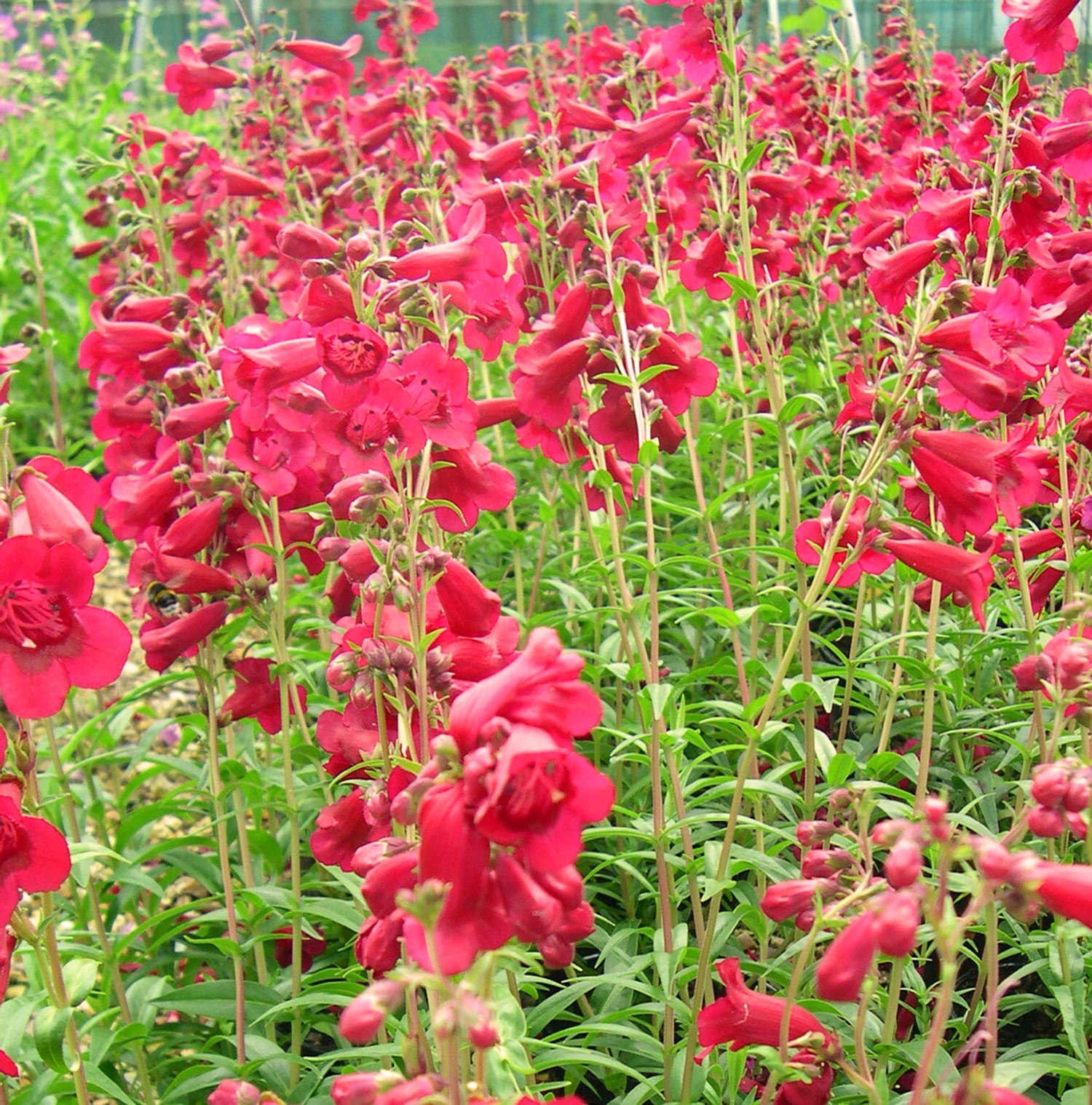
- Vernonia: These tall, spiky flowers bloom in the summer and provide a nice contrast to Baptisia's blue or purple blooms. Vernonia is also a relatively tall plant, which can help to fill in the space around Baptisia. Vernonia is deer-resistant and drought-tolerant, making it a low-maintenance plant.
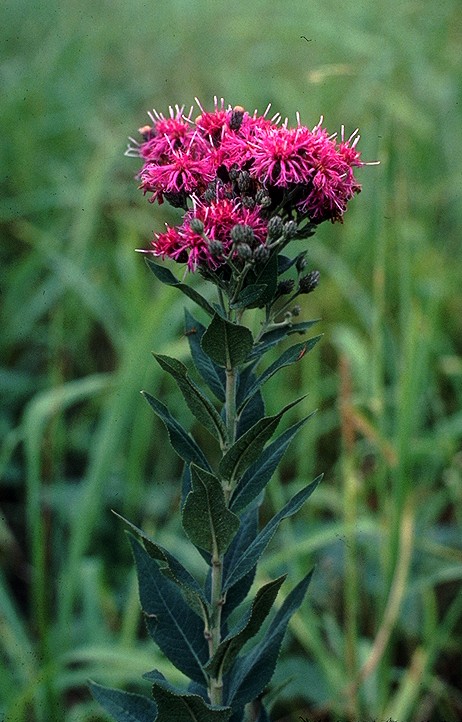
In addition to these plants, there are many other that can be paired with Baptisia to create beautiful and harmonious gardenscapes. When choosing companion plants, it is important to consider the plant's mature size, sunlight requirements, and soil type. By doing a little research, you can find the perfect companion plants for your Baptisia and create a stunning garden that will be the envy of your neighbors.
Baptisia, also known as false indigo, is a beautiful and versatile plant that can add a touch of color and interest to any garden. It is a member of the legume family and produces spikes of blue, purple, or white flowers in the spring and summer. Baptisia is a relatively low-maintenance plant and is drought-tolerant once established. It prefers full sun but can tolerate some light shade.
One of the best things about baptisia is that it can be paired with a variety of other plants to create stunning combinations. Some good companion plants for baptisia include:
- Shining bluestar (Amsonia illustris): This plant has similar blue flowers to baptisia and blooms at the same time. It is also a low-maintenance plant that prefers full sun. Gardenia Inspiration
- Bluestar (Amsonia tabernaemontana): This plant has blue flowers that bloom in the spring and summer. It is a bit taller than baptisia and prefers full sun to partial shade.
- Willow leaf bluestar (Amsonia tabernaemontana v. salicifolia): This plant has narrow, willow-like leaves and blue flowers that bloom in the spring and summer. It is a bit more tolerant of shade than other bluestars.
- Showy goldenrod (Solidago speciosa): This plant has tall, golden-yellow flowers that bloom in the summer. It prefers full sun and moist soil.
- Lanceleaf tickseed (Coreopsis lanceolata): This plant has bright yellow flowers that bloom in the summer. It prefers full sun and well-drained soil.
- Beardtongue (Penstemon digitalis 'Husker Red'): This plant has red flowers that bloom in the summer. It prefers full sun and well-drained soil.
- Iron Butterfly ironweed (Vernonia lettermannii 'Iron Butterfly'): This plant has purple flowers that bloom in the summer. It prefers full sun and moist soil.
If you are looking for a beautiful and low-maintenance plant for your garden, baptisia is a great option. And with so many companion plants to choose from, you can create a stunning display that will last all season long.
FAQ of baptisia companion plants
- What are good companion plants for Baptisia?
Baptisia is a genus of flowering plants that are native to North America. They are known for their attractive blue, purple, or white flowers, which bloom in the spring or summer. Baptisia plants are relatively easy to care for and can tolerate a variety of soil conditions. They are also deer-resistant, making them a good choice for gardens in areas with high populations of deer.
Some good companion plants for Baptisia include:
- Coneflowers: Coneflowers are tall, showy plants that bloom in the summer. They attract butterflies and other pollinators, and they can help to deter pests from Baptisia plants.
- Echinacea: Echinacea is another tall, showy plant that blooms in the summer. It is also known for its medicinal properties. Echinacea can help to boost the immune system and fight off infection.
- Black-eyed Susans: Black-eyed Susans are low-maintenance wildflowers that bloom in the summer. They are native to North America and attract butterflies and other pollinators.
- Bee balm: Bee balm is a tall, herbaceous perennial that blooms in the summer. It is a magnet for bees and butterflies, and it can help to improve the pollination of other plants in the garden.
- Yarrow: Yarrow is a hardy perennial that blooms in the summer. It is drought-tolerant and can tolerate poor soil conditions. Yarrow can help to repel pests and diseases from other plants in the garden.

- What are the benefits of planting Baptisia companion plants?
There are several benefits to planting Baptisia companion plants. First, companion plants can help to attract beneficial insects to the garden, such as pollinators and predators of pests. This can help to keep the garden healthy and pest-free. Second, companion plants can help to improve the soil conditions in the garden. For example, some companion plants can help to improve drainage or add nitrogen to the soil. Third, companion plants can help to create a more visually appealing garden. By planting different types of plants together, you can create a more interesting and diverse landscape.
- How far apart should Baptisia companion plants be planted?
The spacing between Baptisia companion plants will depend on the size of the plants. In general, you should space Baptisia plants about 2-3 feet apart. This will give them enough room to grow and spread. If you are planting taller companion plants, such as coneflowers or echinacea, you may need to space them further apart.
- When should Baptisia companion plants be planted?
Baptisia companion plants can be planted in the spring or fall. If you are planting in the spring, make sure to do so before the last frost. If you are planting in the fall, make sure to do so so that the plants have enough time to establish themselves before the ground freezes.
- How to care for Baptisia companion plants?
Baptisia companion plants are relatively easy to care for. They need full sun and well-drained soil. They should be watered regularly, especially during hot, dry weather. Baptisia plants do not require a lot of fertilizer, but you can fertilize them with a balanced fertilizer in the spring.
Image of baptisia companion plants
5 images of Baptisia companion plants from Pinterest:
- Baptisia and Coneflowers: Baptisia and coneflowers are both native North American plants that share a similar flower color palette. They can be planted together to create a stunning and harmonious display.

- Baptisia and Daylilies: Baptisia and daylilies are both tall, herbaceous perennials that bloom in the summer. They can be planted together to create a vertical focal point in the garden.

- Baptisia and Black-eyed Susans: Baptisia and black-eyed Susans are both sun-loving perennials that bloom in the summer. They can be planted together to create a cheerful and colorful display.

- Baptisia and Beebalm: Baptisia and beebalm are both nectar-rich plants that attract butterflies and other pollinators. They can be planted together to create a butterfly garden.

- Baptisia and Yarrow: Baptisia and yarrow are both drought-tolerant plants that can tolerate poor soil conditions. They can be planted together to create a low-maintenance garden.


Post a Comment for " Best Companion Plants For Baptisia"